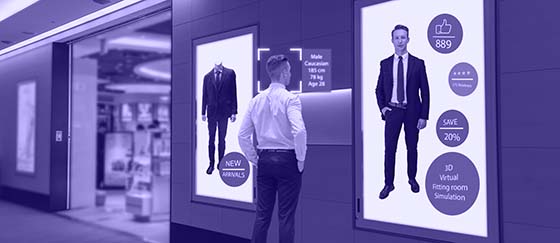As we crept out of lockdown, then went back in… and came out again, it became apparent that shopping habits had developed at a rapid pace and many wouldn’t be reversing.
Here are 13 indicators of long term change that occurred within 2021.

- Retail sales volumes were 5.8% higher in October 2021 than pre-pandemic February 2020.
- October 2021 saw online sales accounting for 27.3% of all retail sales – in February 2020 this figure was just 19.7%.
- Online deliveries have grown to an average of 7 per month from 5 pre-pandemic.
- Recent research has shown that it takes a user just 0.05 seconds to form an opinion on a website and 38% will stop engaging if the website is unattractive.
- Consumers are now much more willing to buy luxury goods online. Consequently, bricks and mortar stores are competing by moving towards experiential retail, greatly enhancing the instore customer experience.
- Retailers who have relied on foreign tourists have focused on strengthening their reach into domestic markets.
- Addressing sustainability issues is essential. Second-hand retail has boomed and many retailers are recognising that they need to do more to repair, refill, recycle, restore and rent.
- Social media influencers and micro-influencers have helped to boost the reach of D2C brands.
- Whilst city-based retailers are feeling the pinch, local shops are benefitting as more people work from home.
- More store closures are predicted as shopping habits change and the big retailers conduct closure programmes. Bricks and clicks retailers are more likely to survive.
- The ‘At home’ economy has grown. Consumers are now far more likely to cook from scratch at home, shop online and use multiple digital services.
- ‘Searchandising’ uses AI to provide more targeted product recommendations and omnichannel marketing (otherwise known as hyper-personalisation) – vastly improved customer experience is inevitably leading to increased sales.
- Data is viewed as the ‘oil’ of the 21st century. Using single database systems helps to keep the various business cogs turning smoothly and the customer experience phenomenal.
We all recognise that change is inevitable and the past 18 months have proved that we need to expect the unexpected. By following trends we can at least help ourselves remain as competitive as possible and future-proof our businesses.
If you’re wondering where your business is heading in 2022, and need help with future-proofing, ask Sparkstone.

